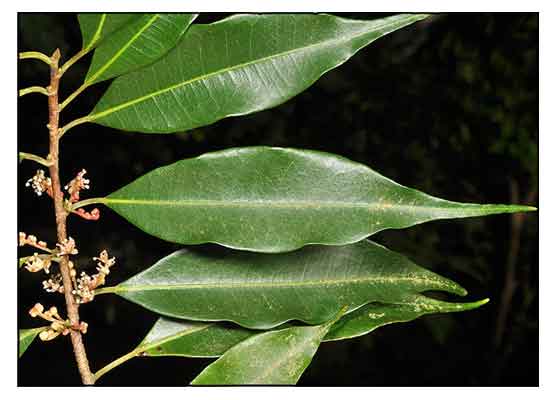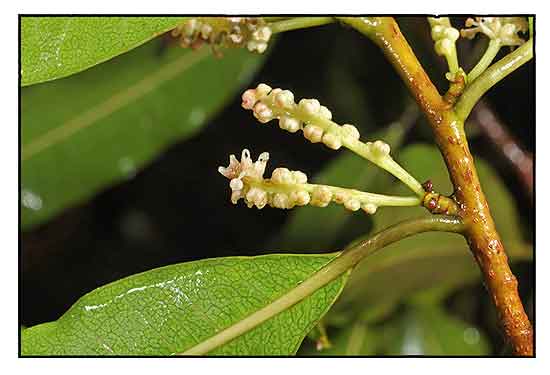
Family • Moraceae
Amudil
Galigiuan
Paratrophis glabra (Merr.) Steenis
SMOOTH FALSE MASTIC
| Scientific names | Common names |
| Chevalierodendron glabrum (Merr.) J.F.Leroy | Amudil (Tag.) |
| Gironniera glabra Merr. | Galigiuan (Ifugao) |
| Paratrophis glabra (Merr.) Steenis | Gali-on (If.) |
| Pseudostreblus caudatus Ridl. | Galiwgiwon (If.) |
| Streblus glaber (Merr.) Corner | Galliw (If.) |
| Streblus glaber subsp. urophyllus (Diels) C.C.Berg | Malatubod (C.Bis.) |
| Streblus laevifolius Diels | Smooth false mastic (Engl.) (?) |
| Streblus urophyllus Diels | Smooth mastic (Engl.) |
| Streblus urophyllus var. salicifolium Corner | |
| Paratrophis glabra (Merr.) Steenis is an accepted species. KEW: Plants of the World Online | |
December 2023
![]()
 |
| PHOTOS / ILLUSTRATIONS |
| IMAGE SOURCE: Moraceae : Paratrophis glabra / Leaf / Copyright © 2018 by P B Pelser & J F Barcelona (contact: [email protected]) [ref. DOL130809] / Non-Commercial Use / click on image or link to go to source page / Phytoimages.siu.edu |
| OTHER IMAGE SOURCE: Moraceae : Paratrophis glabra / Staminate inflorescence / Copyright © 2017 by P B Pelser & J F Barcelona (contact: [email protected]) [ref. DOL120260] / Non-Commercial Use / click on image or link to go to source page / Phytoimages.siu.edu |
Additional
Sources and Suggested Readings |
• |
DOI: It is not uncommon for links on studies/sources to change. Copying and pasting the information on the search window or using the DOI (if available) will often redirect to the new link page. (Citing and Using a (DOI) Digital Object Identifier) |
| List of Understudied Philippine Medicinal Plants |
| New plant names needed The compilation now numbers over 1,300 medicinal plants. While I believe there are hundreds more that can be added to the collection, they are becoming more difficult to find. If you have a plant to suggest for inclusion, native or introduced, please email the info: scientific name (most helpful), local plant name (if known), any known folkloric medicinal use, and, if possible, a photo. Your help will be greatly appreciated. |
• |
 |



